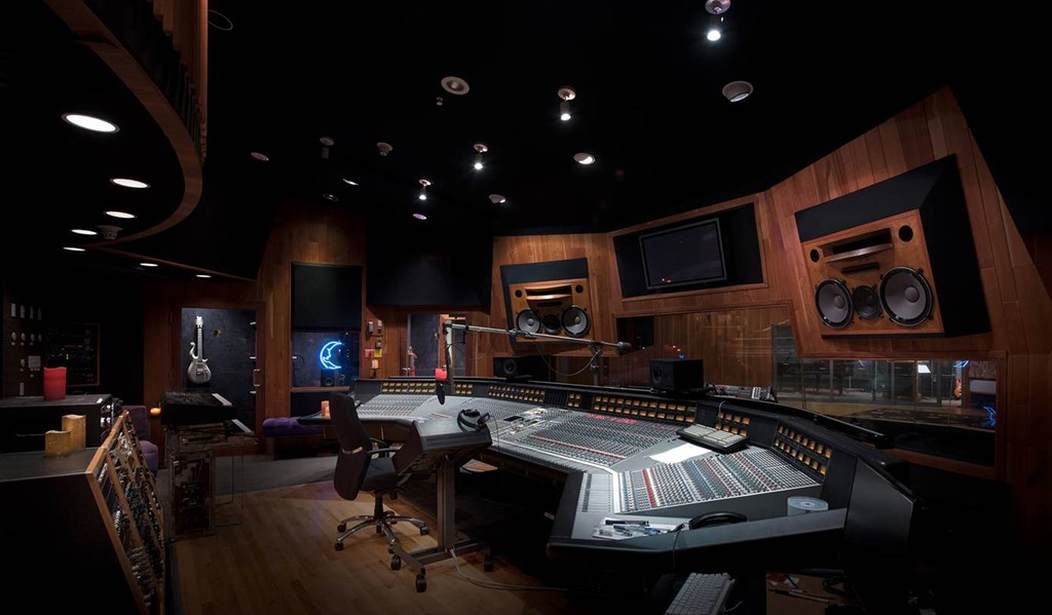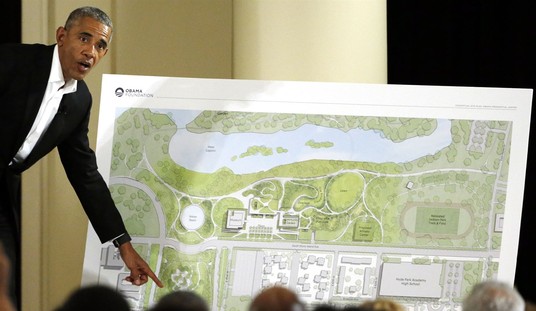In 1941, Orson Welles, then still in his early 20s, after being given a “license to kill” by RKO Studios, who granted him the final cut on Citizen Kane, boasted that a movie studio “is the greatest electric train set a boy ever had.” By the 1970s, a recording studio was proving to be not too shabby a train set, either. During the mid-1960s, the Beatles, their producer George Martin, and their young engineer Geoff Emerick created the template for how a pop/rock band should sound. They explored how a studio and its equipment could be manipulated to create seemingly unlimited new sounds and effects, and their model held firm for several decades. Their success encouraged a relentless spirit of experimentation; using the recording studio as a laboratory for heretofore unheard sounds.
The first line spoken in the 61-minute documentary Recording in Progress, which arrived on Blu-Ray and Amazon Prime Video in July as a pay-to-rent or own option is, “America’s a relatively new country. We don’t have old Templar Knights churches. To me, that’s the old recording studios. Those are kind of our temples, our castles.”
That’s awfully pretentious language, but for the best of America’s recording studios, I’m not sure I’d want to argue back too vociferously. Those studios contain beautiful sounding rooms where wonderful music in all sorts of genres has been made, and hopefully will continue to be made for decades into the future. But even beyond the coronavirus lockdown, as this 2018 documentary eventually makes clear, the future of the commercial recording studio is very much in doubt, for a variety of reasons.
Inside the Traditional Recording Studio
The first documentary directed by veteran Hollywood soundman Justin L. Fisher, Recording in Progress’ opening credits run above a sonic bed of hard thrashing rock with a wall of chugging rhythm guitars, and, not surprisingly, lots of shots of classic recording equipment from the 1960s and ‘70s, gear that is still revered today. Unlike George Martin recording the psychedelically-clad Beatles during Sgt. Pepper while wearing a starched white shirt, skinny tie, and bespoke Savile Row suit, there’s a distinctly flannel, workaday vibe to Recording in Progress. While Peter Gabriel was recording his breakthrough album So in 1986, he and his engineers symbolically wore reflective construction safety vests and hardhats; there’s a similar blue-collar atmosphere in Recording in Progress. Another immediate difference from the images and films of the Beatles or the L.A. of the late 1970s: almost everyone in this documentary, except for a few old-timers, is incredibly inked up. Seriously, outside of a magazine devoted to the topic, I’ve never seen more tattoos in one place.
The first third of Recording in Progress features various veteran producers, engineers, and musicians looking back at the traditional recording studio. One engineer even described the studio as a “safe space” for musicians. Another noted a huge advantage of traditional studios: their soundproofing makes them impervious to outside noises such as rain, railroads, cars with massive subwoofers, and even the basement heater or the air conditioner switching on, all distracting elements of a bedroom or basement studio. Studio etiquette is also discussed: engineers won’t tell a musician to turn the volume down and know exactly how to shape his sound to sound the best on tape or in a digital mix. The producer will help shape the overall arrangement to deliver something likely much more powerful than the demo tape he’s initially handed by the band.
Or as British producer Steve Lillywhite, who has helmed albums for U2, the Dave Matthews Band, Peter Gabriel, and numerous other artists, tells his interviewer, one of his goals is to create subliminal sounds that won’t be noticed until “the 15th listen…for you to know that little sound means you’ve heard this song 15, 20 times. And if you’ve heard that song 15, 20 times, that song means something to you.”
Technology and its impact, good and bad, on the recording industry is a major theme in Recording in Progress. One veteran owner tells the never-seen interviewer that the collapse of recording demo tapes in a pro studio has led to the demise of many mid-level studios. Prior to the rise of the four-track cassette recorder in the early 1980s, plenty of small and mid-level commercial studios existed to create demo tapes that budding pro musicians would then shop around for songwriting or record label deals. The rise of DAW (digital audio workstation) software on PCs beginning in the mid-‘90s and in recent years on mobile devices has only accelerated the collapse of the small commercial recording studio.
“I Always Wanted to Own a Recording Studio, And for My Sins, They Gave Me One.”
Midway through the documentary, the interviewees explain how the music industry cut its own throat in the early 2000s by not responding to the explosion in free downloads of music thanks to Napster, but mention that the comeback of vinyl is at least selling some physical product, which helps the artist pay the bills, which allows him to purchase studio time. But it’s obvious that for most mid-level studio owners, the golden days are long gone. Or as one survivor tells the interviewer, paraphrasing Martin Sheen in Apocalypse Now, “I always wanted to own a recording studio, and for my sins, they gave me one.”
So many larger studios have been sold for their real estate value because a high-rise condo will likely bring in much more revenue for a developer than a struggling recording studio. In the coming years, it’s possible that only the largest studios, such as the Capitol Records’ Studio in Los Angeles, and Abbey Road Studios in London, will survive. (And there were reports in 2010 that Abbey Road risked being sold to developers by cash-strapped EMI, until EMI sold its recorded music operations, and the studio itself, to Universal Music Group in 2013.)
Today, much of the revenue of the remaining large studios in L.A., New York, and London derives from recording orchestras for film and television soundtracks. They also benefit from the remaining superstar musicians who still expect the full-on pampered studio experience, and through their record labels and/or their touring revenue, can afford to rent those facilities. And even there, many rock bands who enter a studio will maximize their time by rehearsing extensively, only recording the drums parts in the studio, and then layering everything else in their home studios, with perhaps a return to the pro studio for mixdowns. (Recording a full drum kit, with its massive volume and frequency range, and the need for a carefully placed armada of microphones, is one of the last bastions of the traditional studio in the rock world.)
The Home Studio is Grudgingly Accepted
Eventually though, after exploring the collapse of the music business, and the ever-shrinking studio scene, the interviewees grudgingly shift to embracing today’s computer-based technology. One veteran studio owner admits that ultimately, a recording studio “is a place where talented people come together and create.” That can be in a basement or garage with the proper acoustic treatments, or even people collaborating virtually, recording parts, uploading their tracks to say, Dropbox, where the next person pushes them forward until the song is complete. (For his 2014 video instructional series, Alan Parsons’ the Art and Science of Recording, the veteran producer-engineer recorded a live vocalist remotely, through a complex system called Source Connect. Source Connect is still around, but it has been joined by a variety of other methods, a technology that will likely become even more diversified in the coming years, thanks to the coronavirus pandemic.)
Even Guns N’ Roses guitarist Richard Fortus admits in Recording in Progress that most of his recording is done in his home studio. One musician explains how much more relaxed he is in his funky home studio than in the clinical atmosphere of a professional studio, with engineers and producers watching from behind the glass while the meter is running. Another explains how, unlike having time booked in a pro studio, he can simply say, “It’s not happening right now, and walk away.”
As a result of this, the surviving studios have had to up their game, treating clients better, working with clients who record from home but want to benefit from the excellent gear and rooms that a good commercial studio has. Not to mention they’re expert engineers, who allow the musician to focus on playing his music, rather than the myriad technological aspects of the recording process.
As I said, the documentary was completed in 2018, two years before the word coronavirus entered everyone’s consciousness. As with everything else, if and when the world returns to some semblance of order, it will be fascinating to track the changes in the music industry, and how music is recorded and heard live. And then, like earlier books and films showing bands at work in the studio, Recording in Progress will be an excellent time capsule of where the recording industry was, just before the planet Earth hit the big pause button in early 2020.










Join the conversation as a VIP Member